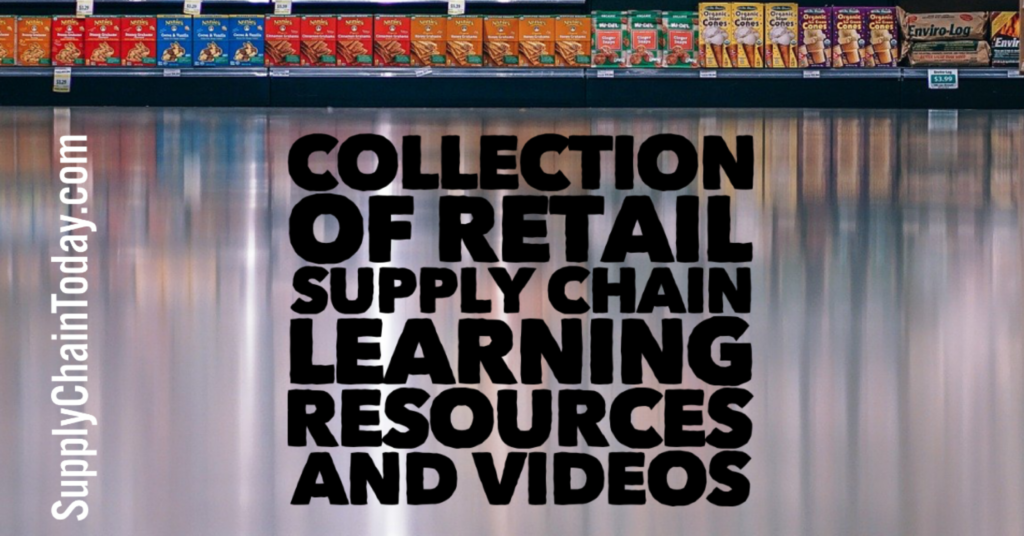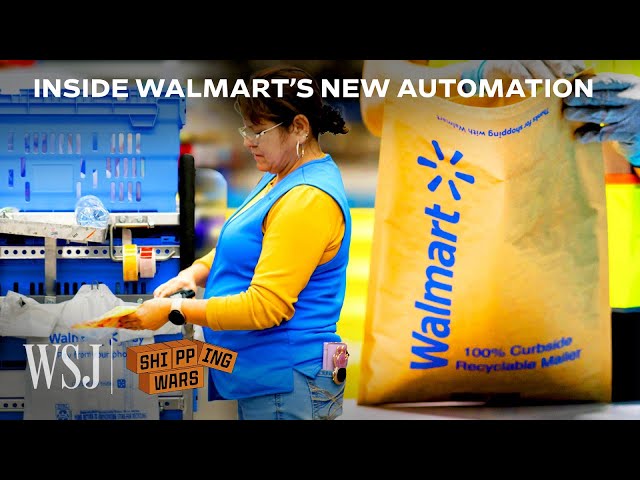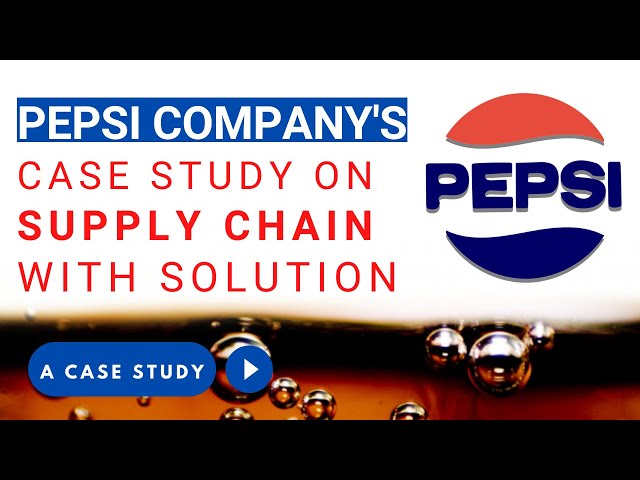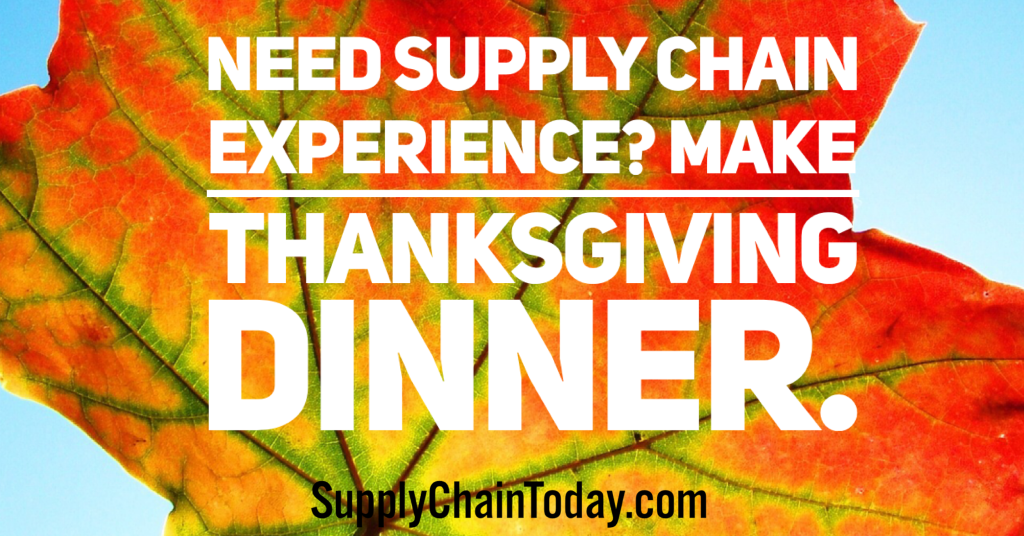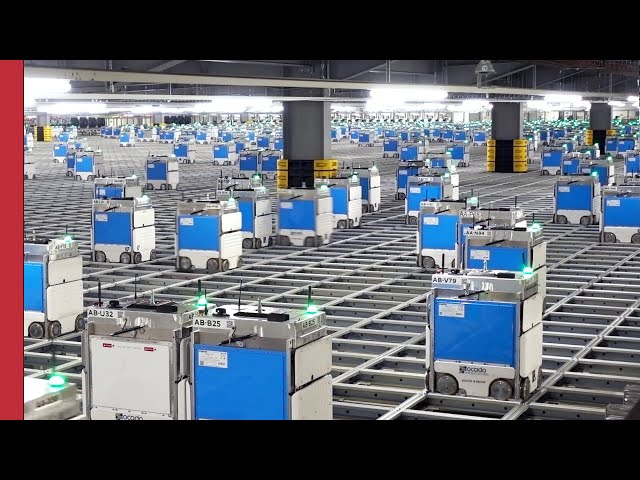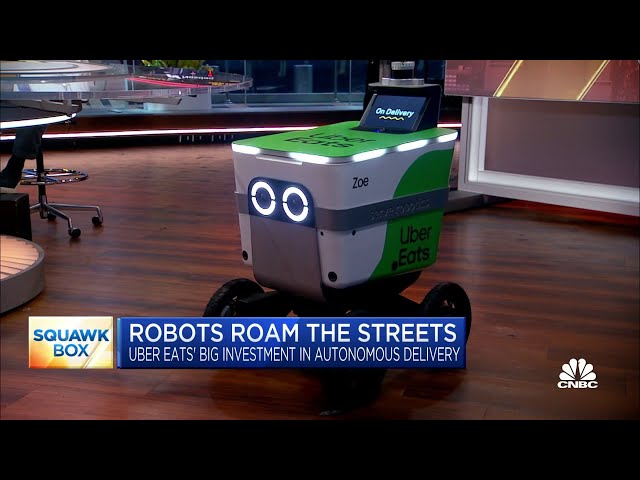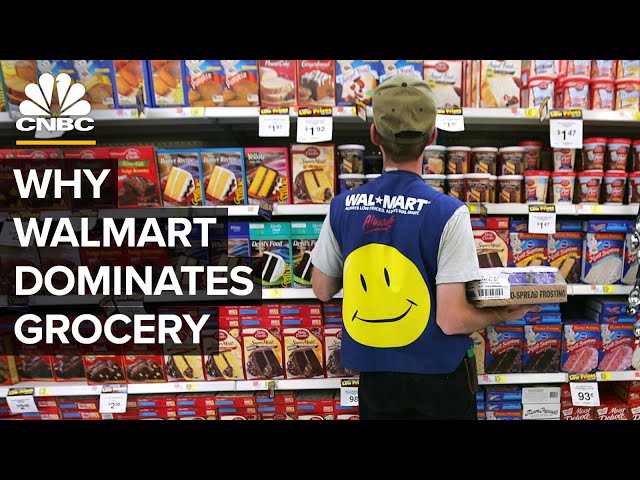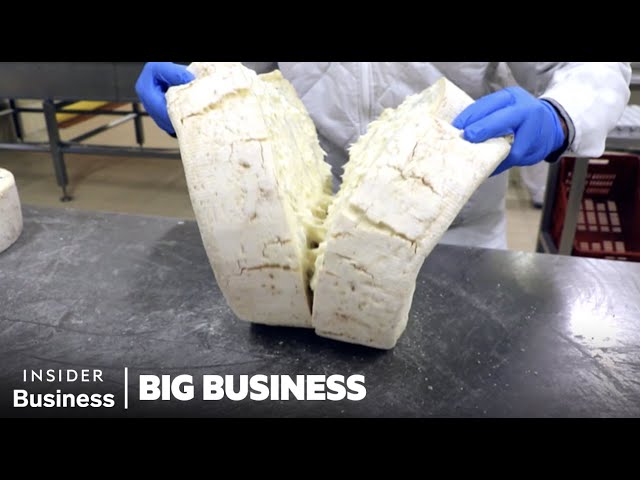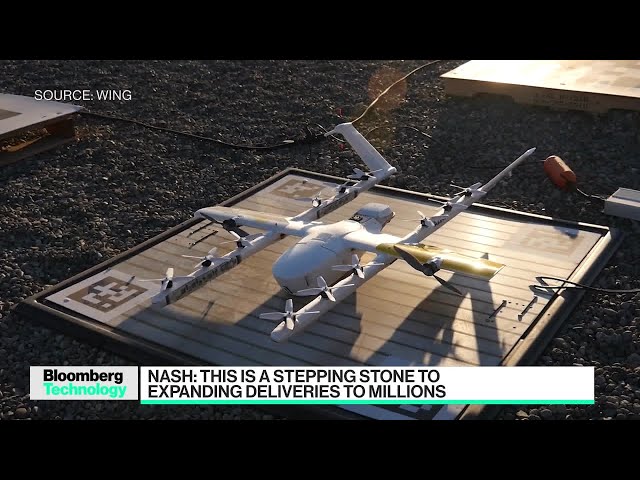Collection of Retail Supply Chain Learning Resources.
The retail supply chain refers to the process of getting products from the manufacturer to the consumer through various intermediaries. It includes the steps of sourcing, production, distribution, and delivery.
- Sourcing: Retail companies work with manufacturers or suppliers to acquire products for their stores. They may negotiate prices, place orders, and manage inventory levels to ensure they have the products customers want.
- Production: Once an order is placed, the manufacturer produces the products, which may involve raw materials, manufacturing, packaging, and quality control.
- Distribution: The products are then shipped to warehouses or distribution centers. These centers are used to store and sort products before they are sent to individual stores or directly to customers.
- Delivery: The final step in the retail supply chain is getting the products to the customer. This may involve shipping products directly to customers or delivering them to retail stores. Retail stores may then have additional steps such as receiving, unpacking, and stocking the products on shelves.
Overall, the retail supply chain is a complex process that involves many different players and steps. Retail companies must carefully manage inventory levels, coordinate with suppliers and manufacturers, and ensure that products are delivered to customers in a timely and efficient manner.
Reducing Cost in the Retail Supply Chain
There are several ways to reduce costs in the retail supply chain, including:
- Negotiating better prices with suppliers: Retail companies can negotiate with suppliers to get better prices on products, which can help to lower overall costs.
- Streamlining the supply chain: By identifying and removing bottlenecks or inefficiencies in the supply chain, retailers can reduce costs associated with transportation, warehousing, and inventory management.
- Implementing inventory management systems: Retailers can use inventory management systems to more effectively track and manage inventory levels, which can help to reduce costs associated with overstocking or stockouts.
- Automating logistics: Automating logistics and supply chain processes can help retailers to reduce labor costs and increase efficiency.
- Utilizing technology: Adopting new technologies, such as RFID tagging, can help retailers to track inventory more effectively and reduce costs associated with human error.
- Collaborating with other retailers: Retailers can collaborate with other retailers to share warehouse space and logistics, which can help to reduce costs associated with transportation and warehousing.
- Outsourcing non-core activities: Retailers can outsource non-core activities such as logistics or customer service, which can help to reduce costs associated with hiring and training employees.
- Implementing demand-driven approach: Retailers can use forecasting and demand planning techniques to better understand consumer demand and adjust their inventory levels accordingly, which can help to reduce costs associated with overstocking or stockouts.
The Changing Retail Industry
The retail industry is undergoing a rapid and significant transformation, driven by technological advancements, changing consumer preferences, and a competitive landscape. Here are some of the key changes we’re seeing:
1. Rise of e-commerce:
- Online shopping continues to grow at an exponential rate, driven by convenience, vast selection, and competitive pricing. E-commerce now accounts for a significant portion of total retail sales and is expected to continue growing in the coming years.
- This shift has led to brick-and-mortar stores closing and retailers shifting their focus to online channels.
2. Omnichannel retailing:
- Consumers expect a seamless shopping experience across all channels, whether online, in-store, or via mobile apps. Retailers are integrating their online and offline channels to offer a consistent brand experience and fulfill orders through various methods, including click-and-collect and buy online, pick up in store (BOPIS).
3. Personalization and data-driven decision making:
- Retailers are leveraging data analytics and customer insights to personalize the shopping experience, offering targeted recommendations, product suggestions, and loyalty programs.
- This personalization can lead to increased customer satisfaction, loyalty, and sales.
4. Automation and robotics:
- Retailers are implementing automation and robotics in various aspects of their operations, including warehousing, inventory management, delivery, and checkout.
- This automation can improve efficiency, reduce costs, and free up employees to focus on higher-value tasks.
5. Sustainability and ethical sourcing:
- Consumers are increasingly concerned about the environmental and social impact of their purchases. Retailers are responding by focusing on sustainability initiatives, including using eco-friendly packaging, sourcing materials ethically, and reducing their carbon footprint.
6. Rise of social commerce:
- Shopping through social media platforms like Instagram and TikTok is gaining popularity, particularly among younger generations. Retailers are leveraging social media to reach new customers, showcase products, and drive sales.
7. Experiential retail:
- To compete with the convenience of online shopping, physical stores are focusing on creating engaging and interactive experiences for customers. This includes offering events, workshops, and unique product displays.
8. The blurring of lines between physical and digital:
- Retailers are implementing technologies like augmented reality and virtual reality to enhance the shopping experience. This allows customers to try on clothes virtually, visualize products in their homes, and explore stores remotely.
9. Growing importance of mobile payments and digital wallets:
- Consumers are increasingly using mobile payments like Apple Pay and Google Pay for their purchases. Retailers are adopting these technologies to offer faster and more convenient checkout options.
10. The rise of voice commerce:
- Voice assistants like Alexa and Google Assistant are being used for shopping, allowing customers to order products using voice commands. Retailers are optimizing their websites and apps for voice search to capitalize on this trend.
Retail and Supply Chain Quotes
- “Every great business is built on friendship.” ~JC Penney
- “We see our customers as invited guests to a party, and we are the hosts. It’s our job every day to make every important aspect of the customer experience a little bit better.” ~Jeff Bezos, CEO Amazon.
- “Retail is a customer business. You’re trying to take care of the customer—solve something for the customer. And there’s no way to learn that in the classroom or in the corner office, or away from the customer. You’ve got to be in front of the customer.” ~Erik Nordstrom
- “The most dangerous poison is the feeling of achievement. The antidote is to every evening think what can be done better tomorrow.” ~Ingvar Kamprad, Founder IKEA.
- “Your most unhappy customers are your greatest source of learning.” ~Bill Gates, co-founder Microsoft.
- “Their job is to figure out what you need and help you get it, even if it’s a product Apple doesn’t carry. Compare that with other retailers where the emphasis is on cross-selling and upsetting and, basically, encouraging customers to buy more, even if they don’t want or need it. That doesn’t enrich their lives, and it doesn’t deepen the retailer’s relationship with them. It just makes their wallets lighter.” ~Ron Johnson, former SVP of Retail at Apple.
- “You walk into a retail store, whatever it is, and if there’s a sense of entertainment and excitement and electricity, you wanna be there.” ~Howard Schultz, CEO Starbucks.
- “Until Amazon creates a drone that can cut your hair, there’s a physical and real reason to come to the store.” ~Mary Dillon, CEO ULTA Beauty.
- “Whether you think you can or you think you can’t, you’re right.” ~Henry Ford
This is a great collection of retail supply chain learning resources and videos.
- Amazon CEO Jeff Bezos Quotes.
- Amazon uses AI to deliver orders even faster.
- Army of logistics robots sort out 200,000 packages a day
- Autonomous Logistics Robots in Warehouse Operations.
- Battle of the Robot Armies – Jeff Bezos vs Elon Musk.
- Best Buy Supply Chain Modernizes Network.
- CEO advice from the leaders of Alibaba, Amazon, Apple, Tesla, Walmart…
- Collection of videos and interviews with Amazon CEO Jeff Bezos.
- E-Commerce Retailer Doubles Warehouse Capacity with Robotic Goods to Person System.
- How Returns Work – Amazon Reverse Logistics.
- How Walmart Is Automating Its Supply Chain for Delivery.
- Inside A Warehouse Where Thousands Of Robots Pack Groceries.
- Rise and Reign of Jeff Bezos (full film)
- Robotic Empire: Amazon’s Smart Warehouses.
- Shipping Warehouse Automation Robots.
- Supply Chain Training Resources.
- Target Supply Chain Strategy to Beat Amazon and Walmart’s Fast Delivery.
- Tested Walmart, Target and Amazon’s Delivery Speeds.
- The Walmart Strategic Plan To Shatter The “Amazon Monopoly”
- Videos on the Future of Supply Chain Automation: Artificial Intelligence and Robotics.
- Walmart CEO Doug McMillon Quotes.
- Walmart using AI to streamline organization.
- What Retailers Like Amazon Do With Unsold Inventory
- World’s Largest Wine & Spirits Distribution Center Invests in Automation & Software.
Amazon Reveals Warehouse Robots For Sorting Packages and Fully Autonomous Mobile Robot.
How Walmart Is Automating Its Supply Chain for Delivery.
Pepsi Supply Chain Case Study with Solution.
Make Thanksgiving Dinner to get Supply Chain Experience.
How many robots does it take to run a grocery store?
Deploying 2,000 Uber Eats delivery robots across US.
Walmart Grocery Business Is Beating Everyone.
Grocery Supply Chain – How 23 Foods Get To The Grocery Store.
Alphabet’s Wing Drone Partnership with Walmart.
